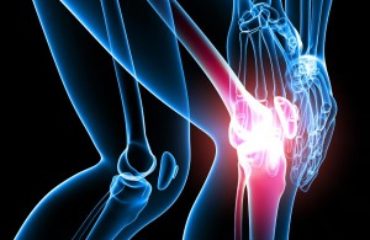An ACL injury can be very painful and it is important that you seek correct treatment. This will ensure that you regain proper motion and function in the joint. Depending on the level of your ACL injury, your orthopedic surgeon would recommend a treatment plan. However, there are a few treatment options that you should know about.
ACL Injury
An ACL tear can occur as a result of a fall or a sports injury. It happens when you land on your feet following a knee twist.
An ACL injury causes pain and swelling around the joint. Pain and swelling can be reduced using a combination of rest, icing, compression, elevation and pain medication. Knee bracing can keep the joint in the right position, allowing movement and preventing stiffness.
Treating an ACL Injury
Treatment for ACL injury aims to restore knee stability as well as regain motion and function. Whether your treatment requires you to undergo surgery or not will depend upon the severity of the injury and your lifestyle.
Rest
Rest is important to allow your knee the time to heal naturally. Since ligaments don’t have enough blood supply, they naturally take longer to repair. By preventing undue stress on the affected joint, you can prevent further damage.
Physical Therapy
Once the initial injury heals, you need to strengthen the joint before you get back to full activity. Your physical therapist can help you with stretching and strengthening exercises to help with your recovery. They may also recommend knee braces for additional protection.
Surgery
ACL surgery is performed only if there is a complete rupture of the ligament. Your orthopedic surgeon may attempt to repair the original ligament or take a graft from the hamstring to create a new ligament.
Knee Bracing
A knee brace can help to protect the knee joint, stabilize it and prevent further damage. Braces may be recommended for use, both before and after surgery.
It is important to get the right type of treatment, following an ACL injury. This will improve your chances to recover fully and reduce the impact of any long-term issues.


